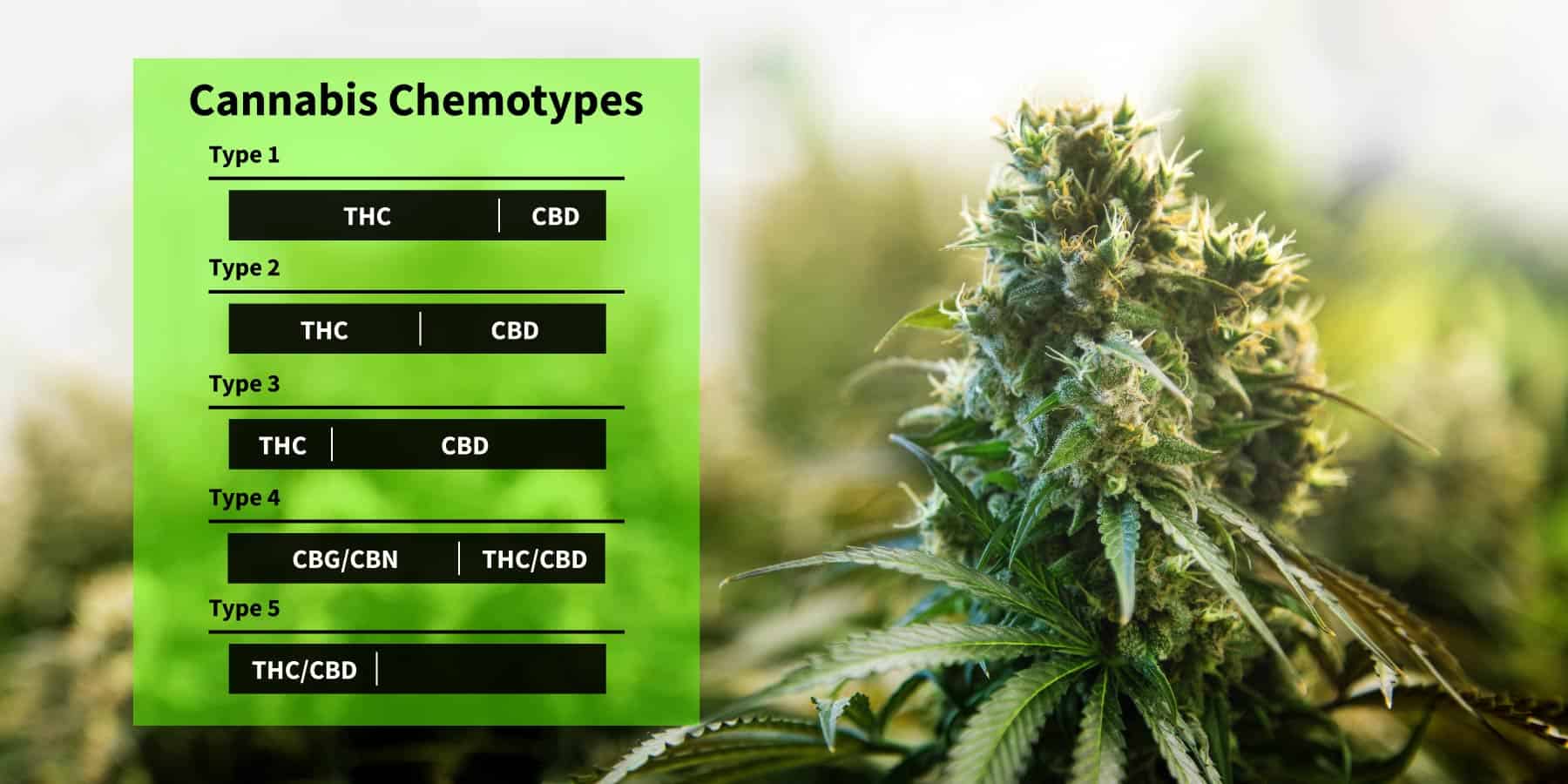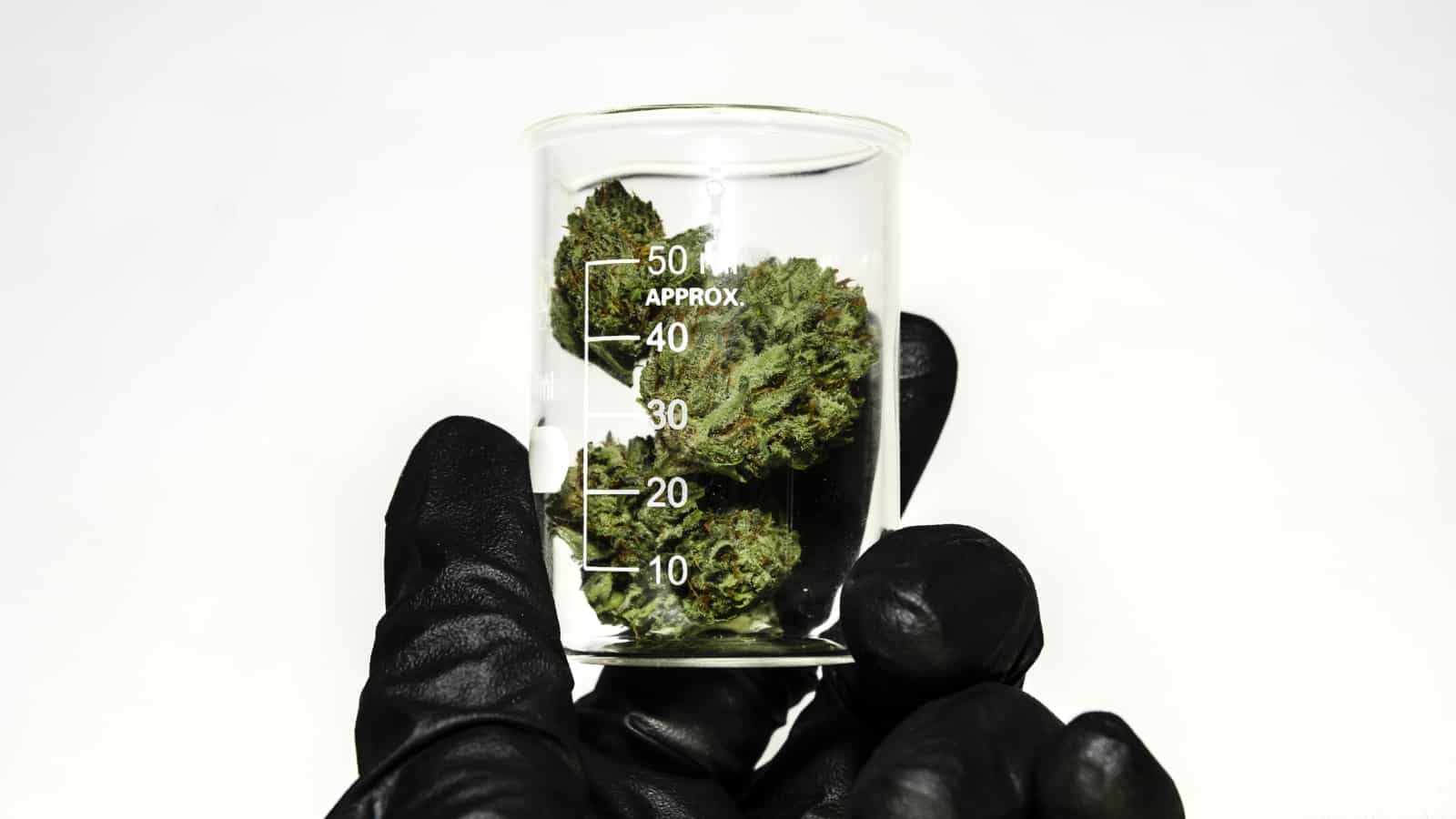Cannabis is a complex and fascinating plant that has long been classified using common vernaculars like Sativa, Indica, or Hybrid. However, these labels fall short of accurately describing the plant’s vast complexity. Recent scientific advancements have illuminated a more nuanced way of classifying cannabis, allowing us to understand its potential better. So, let’s take a look at some of the more complex (and accurate) classifications: Cannabis Cultivars, Chemotypes, and Chemovars.
How to Classify Cannabis
Much of the labeling we see in dispensaries and across social media is targeted toward a new cannabis audience. Intended effects like “sleep” or “energy” are often associated with a specific strain of cannabis plant.
Traditional labels such as Sativa, Indica, or Hybrid are often based on the plant’s physical attributes and presumed psychoactive effects. However, these classifications may not tell the whole story. Two strains, for instance, could both be classified as Sativa but have significantly different cannabinoid and terpene profiles, leading to varying effects. Enter the new classifications: cultivars, chemotypes, and chemovars.
What Is a Cannabis Cultivar?
While ‘cultivar’ and ‘strain’ are often used interchangeably in the cannabis industry, they don’t mean precisely the same thing. The term ‘strain’ comes from microbiology and refers to genetic variants or subtypes within a microorganism, like bacteria or viruses. In the context of cannabis, ‘strain’ has been adopted to denote different varieties, but it’s not technically accurate.
On the other hand, ‘cultivar’ is the correct botanical term for plants that have been specifically bred for certain characteristics. In the context of cannabis, these traits can include things like potency, terpene profiles, color, size, yield, and resistance to pests or diseases. These cannabis plants are typically produced in controlled environments where breeders can select specific traits.
The resulting plants are often given unique names to reflect their specific blend of characteristics. The cultivars are then crossbred to produce the multitude of hybrid varieties we know today. All of the cultivated varieties in existence today originated from landrace strains.

For example, a cannabis cultivar may be bred for high levels of a specific cannabinoid, like THC or CBD. These cultivars are particularly valuable in the medical cannabis industry, where different cannabinoids are studied for their potential therapeutic effects. Other cultivars may be bred for their terpene profile, which contributes to the plant’s aroma and may also have therapeutic properties.
Cultivars can also be developed for their physical characteristics. For example, some may be bred for their size and growth patterns, making them more suitable for indoor or outdoor cultivation. Others may be bred for their resistance to certain pests or diseases, which can make them more sustainable and easier to grow.
What Is a Cannabis Chemotype?
In the world of botany, a ‘chemotype’ refers to a chemically distinct entity within a plant species. When it comes to cannabis, chemotypes describe the plant’s specific chemical composition, with an emphasis on its cannabinoid content, namely tetrahydrocannabinol (THC) and cannabidiol (CBD). The ratio of THC to CBD is the defining characteristic of a cannabis chemotype. Here’s a closer look at each type.

Type 1
Type 1 chemotypes are high in THC, the primary psychoactive compound in cannabis, and low in CBD, a non-psychoactive cannabinoid known for its potential therapeutic benefits. These chemotypes are the most potent in terms of psychoactive effects and are often sought after by recreational users seeking a potent ‘high.’ Medical applications may include pain relief, appetite stimulation, and insomnia treatment.
Type 2
Type 2 chemotypes feature a balanced ratio of THC to CBD. This balance often results in a milder psychoactive experience compared to Type 1 chemotypes, while still providing potential therapeutic benefits from both cannabinoids. The presence of CBD may help mitigate some of THC’s side effects, such as anxiety or paranoia, leading to a more balanced and less intense experience. This chemotype is often sought after by medical cannabis patients and consumers interested in moderate psychoactive effects coupled with potential health benefits.
Type 3
Type 3 chemotypes are high in CBD and low in THC, often producing minimal to no psychoactive effects. These chemotypes are popular among medical cannabis users and wellness consumers interested in the potential therapeutic benefits of CBD, which may include anti-inflammatory, anti-anxiety, and seizure-reducing properties, without the psychoactive effects associated with THC.
Type 4
Type 4 chemotypes contain high levels of other cannabinoids, such as cannabigerol (CBG) or cannabinol (CBN), with lower concentrations of THC and CBD. These cannabinoids are gaining attention for their potential therapeutic properties, including anti-inflammatory and neuroprotective effects.
Type 5
Type 5 chemotypes feature negligible levels of both THC and CBD. These are typically industrial hemp plants used primarily for fiber or seed production, rather than their cannabinoid content.
What Is a Cannabis Chemovar?
‘Chemovar’ is a term that originates from the words ‘chemical variety.’ This terminology is employed to denote a classification structure that is fundamentally based on the unique chemical composition of a plant. In relation to cannabis, a chemovar represents a distinct blend of cannabinoids and terpenes that each plant possesses, which give rise to the plant’s specific effects and distinct aroma. It’s like taking chemotype one step further and throwing terpenes into the mix.
Cannabis chemovars offer a more sophisticated, scientific approach to classification than traditional methods. Think of chemovars like a unique fingerprint for each plant. The first step would be to identify the plant’s chemotype, then analyze the terpene profiles. There can be any number of combinations at varying percentages, but here are a few examples of possible options.

Type 1
Type 1 chemovars are characterized by high concentrations of THC, generally upwards of 20%. They may contain any combination of terpenes at various concentrations. Terpenes like myrcene, which has a sedative effect, or limonene, which can elevate mood, often accompany these chemovars, amplifying or complementing their effects.
Type 2
Type 2 chemovars contain a balanced ratio of THC and CBD. The presence of CBD can modulate the psychoactive effects of THC, potentially resulting in a less intense but more nuanced high. Consumers can enjoy the therapeutic benefits of both cannabinoids in this type of chemovar. Terpenes such as pinene, known for its potential anti-inflammatory properties, or caryophyllene, thought to help reduce anxiety and depression, are often found in these chemovars.
Type 3
Type 3 chemovars are dominant in CBD and have low THC levels. Consequently, they have minimal to no psychoactive effects, making them an appealing choice for those who want the potential therapeutic benefits of cannabis without the psychoactive high. The terpene profile of these chemovars often includes linalool, which may have calming and anti-anxiety effects, and pinene, which offers mood-boosting effects.

Why Cannabis Classifications Matter
Understanding these classifications is crucial as they can help consumers make informed decisions about the type of cannabis they choose to consume. They also play a vital role in medical cannabis, as specific chemovars or chemotypes may be more effective for certain conditions.
Moreover, for growers and breeders, understanding these classifications is essential to produce plants with desired characteristics, whether it be a particular cannabinoid profile, resistance to certain pests, or growth patterns.
The science of cannabis classification is evolving, giving us a more nuanced understanding of this versatile plant. As we move away from simplistic labels like Sativa and Indica, we move towards a future where we can more accurately predict and tailor our cannabis experiences.


![[NJ] The Easiest Ways to Buy Weed in Buffalo A Full Guide (5)](https://neonjoint.com/wp-content/uploads/NJ-The-Easiest-Ways-to-Buy-Weed-in-Buffalo-A-Full-Guide-5-768x432.jpg)


